Five Things we Need to See More of in Horror Games

Horror games are full of overused cliches and tired tropes that anyone can bitch and moan about – which we did, in fact! But while there’s a bunch of stuff that needs to stop appearing in horror games, what about the things we need more of? This list picks out five frightening features that need more face time in our screen-based scream fests.
Combat that’s scary AND fun
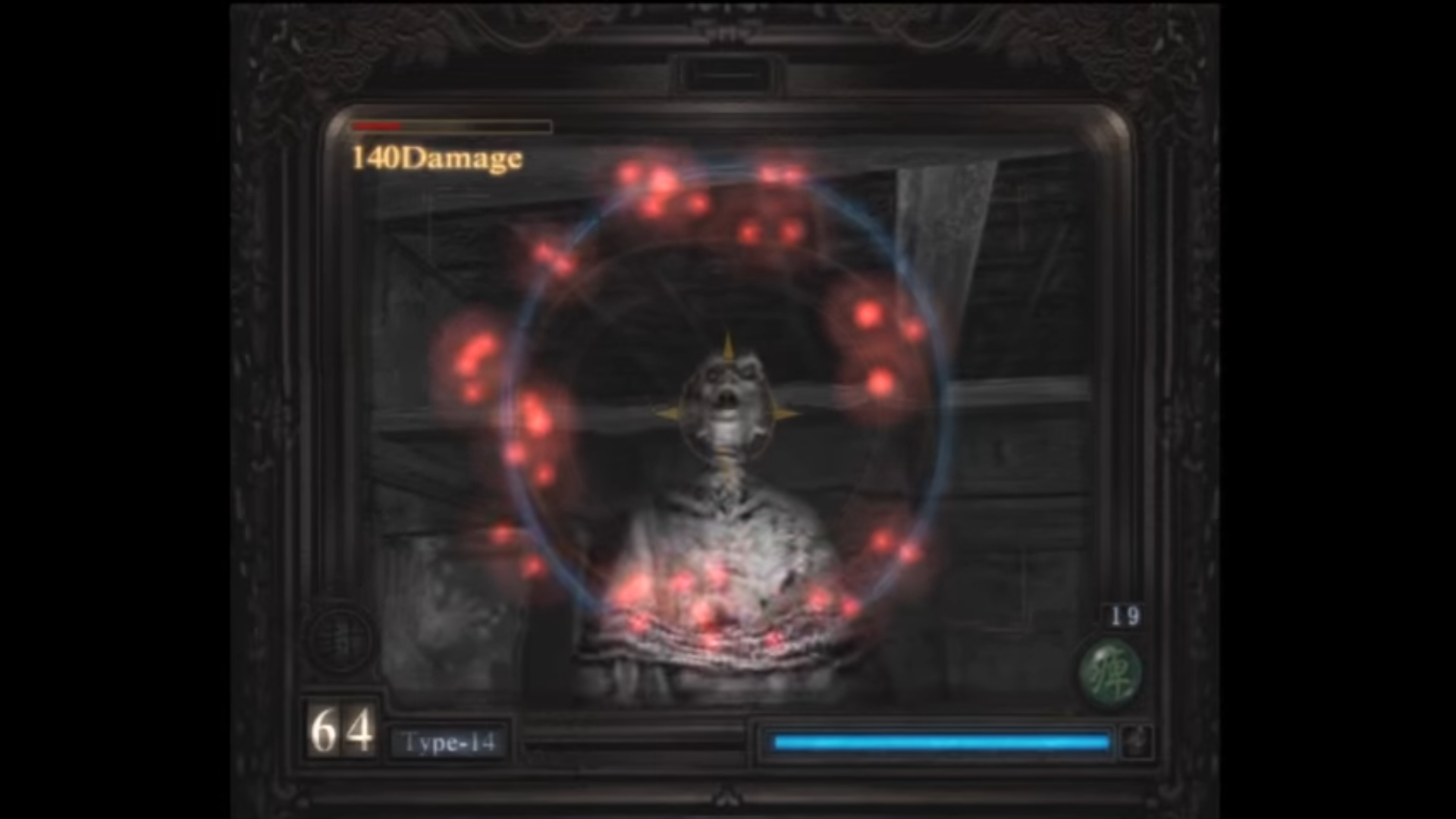
It’s a truism that the most unnerving horror games rarely have very good combat; in fact, many of the best ones are often downright clunky, with awkward camera angles and stiff tank controls. But that doesn’t mean that it has to be this way. A few games have managed to reach that golden sweet spot of having intuitive combat mechanics that also manage to make the player feel disempowered and vulnerable. In the Fatal Frame series, for example, players need to wait until the last possible moment before snapping a ghost with the Camera Obscura to do the most damage. It’s brilliant design, because it forces players into a jump scare situation as a ghost lunges forward, and penalises them with a horrible ‘gotcha’ moment if they screw up.
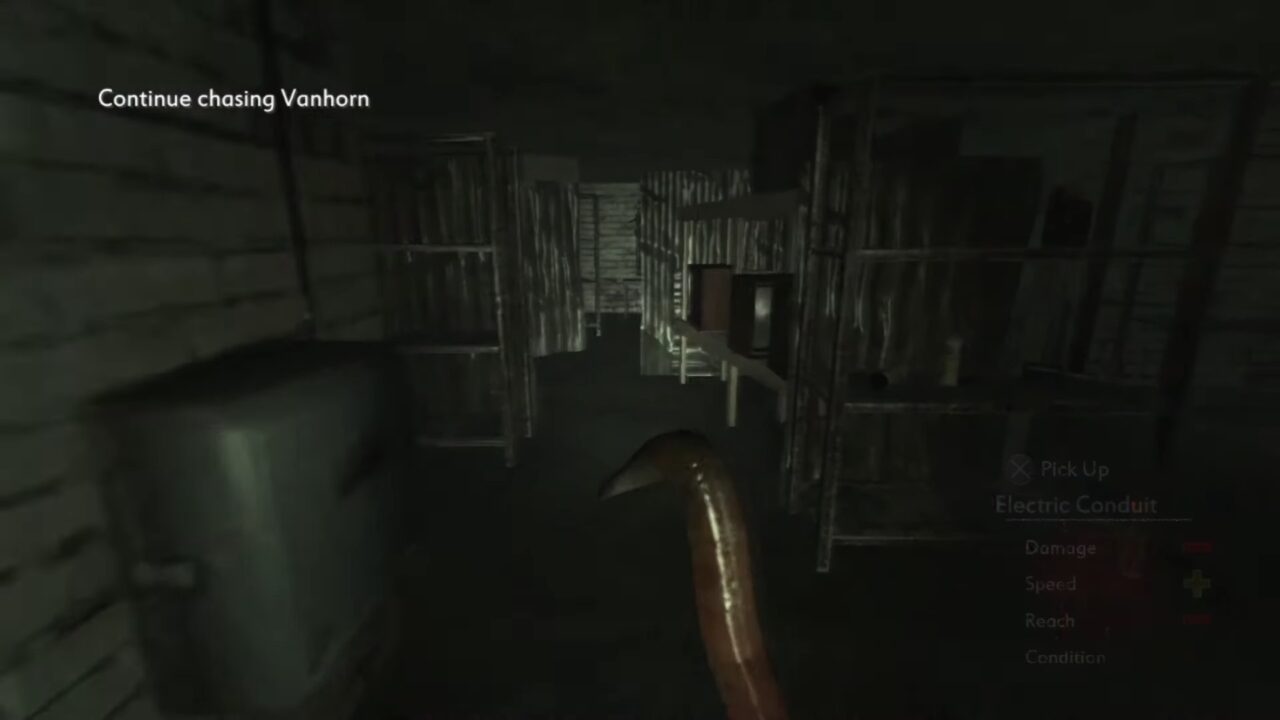
The melee-centric Condemned games, meanwhile, turn combat into a desperate brawl by keeping guns rare and requiring players to use objects from the environment to defend themselves with. More recently, the Resident Evil 2 remake even managed to make shooting a zombie scary again, just by making those shambling buggers incredibly difficult to put down for good. These games show that making combat both interesting and scary can be done, and we need more horror games that look for new ways to do this.
Believable protagonists
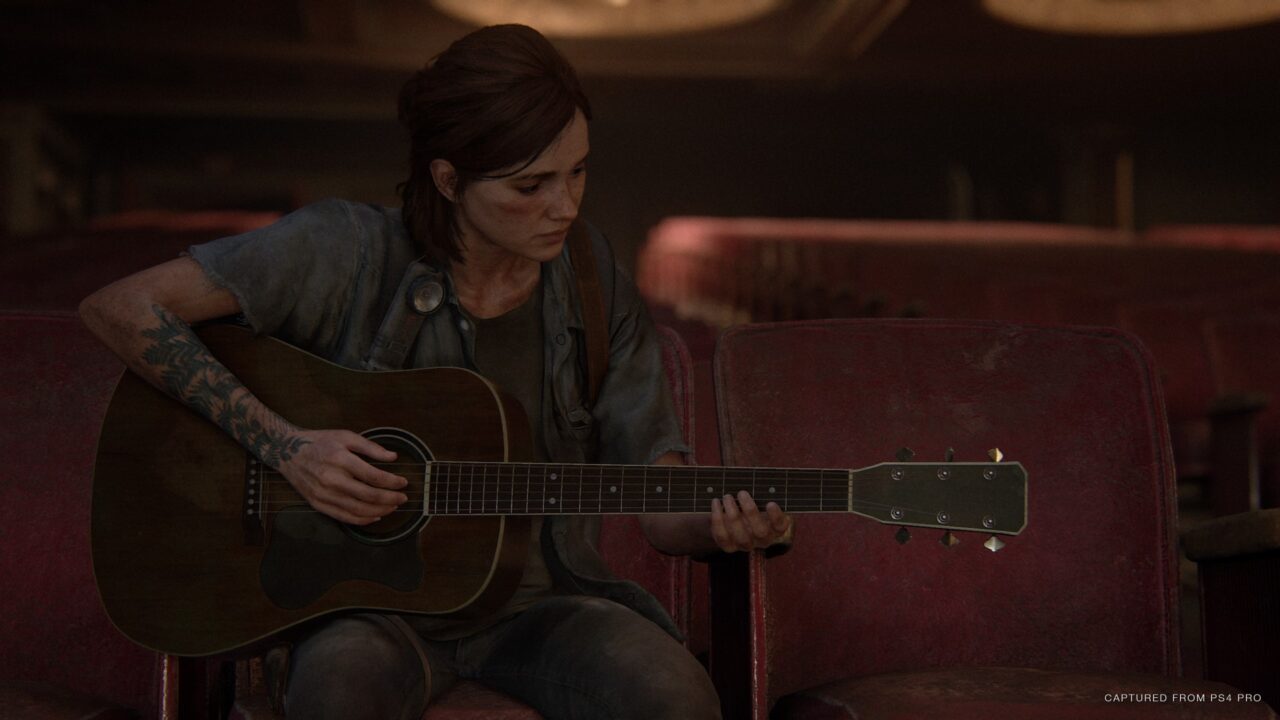
Most horror game protagonists either fall into one of two archetypes. Either they’re complete mutes whose sole job is to hold a torch or a gun, or else they’re unfeasibly good-looking action heroes/ heroines who meet every monstrous encounter with a cheesy quip and a quick flash of their toned abs or bums (looking at you there, Resident Evil). But the best horror games are often those that have realistic characters at their heart, complete with all the flaws and failings of genuine human beings. Silent Hill 2, The Last of Us, Spec Ops: The Line: all these games proved that a player character can be a rich vehicle for telling deeply unsettling stores about tragedy, moral ambiguity and hubris. Now that the lesson has been learnt, it’s time to start seeing it put into practice more often.
Unusual enemies
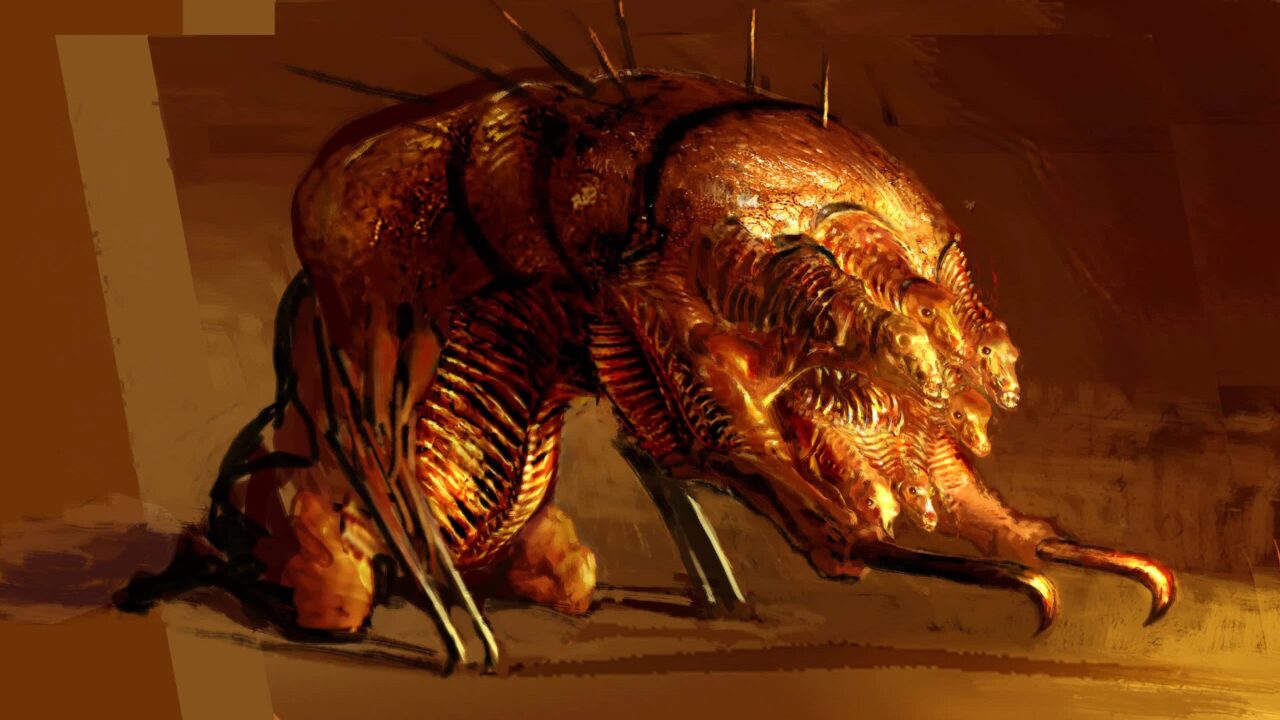
Aliens, vampires, werewolves and zombies (man, especially zombies); we’ve seen these monsters a thousand times before. Rather than trying to rehash old concepts, we need games that introduce players to fresh terrors, ones where we don’t know all the rules for dealing with them even before we load up the title screen. One option is to use non-Western traditions and folklore for inspiration. 2009’s Wii-exclusive Cursed Mountain does this by drawing on Tibetan mythology for its creatures, for example, while Cryostasis: Sleep of Reason uses elements of Russian fairy tales and oppressive Soviet imagery in its monster design. Alternatively, symbolic or abstract monsters can also be particularly creepy. Silent Hill is the obvious example, although there are a couple of other games besides this. Surreal Software’s The Suffering features monsters based on various forms of capital punishment, while those from Hydravision’s Obscure II take inspiration from various teenage anxieties like body image and pregnancy.
Interwoven level design
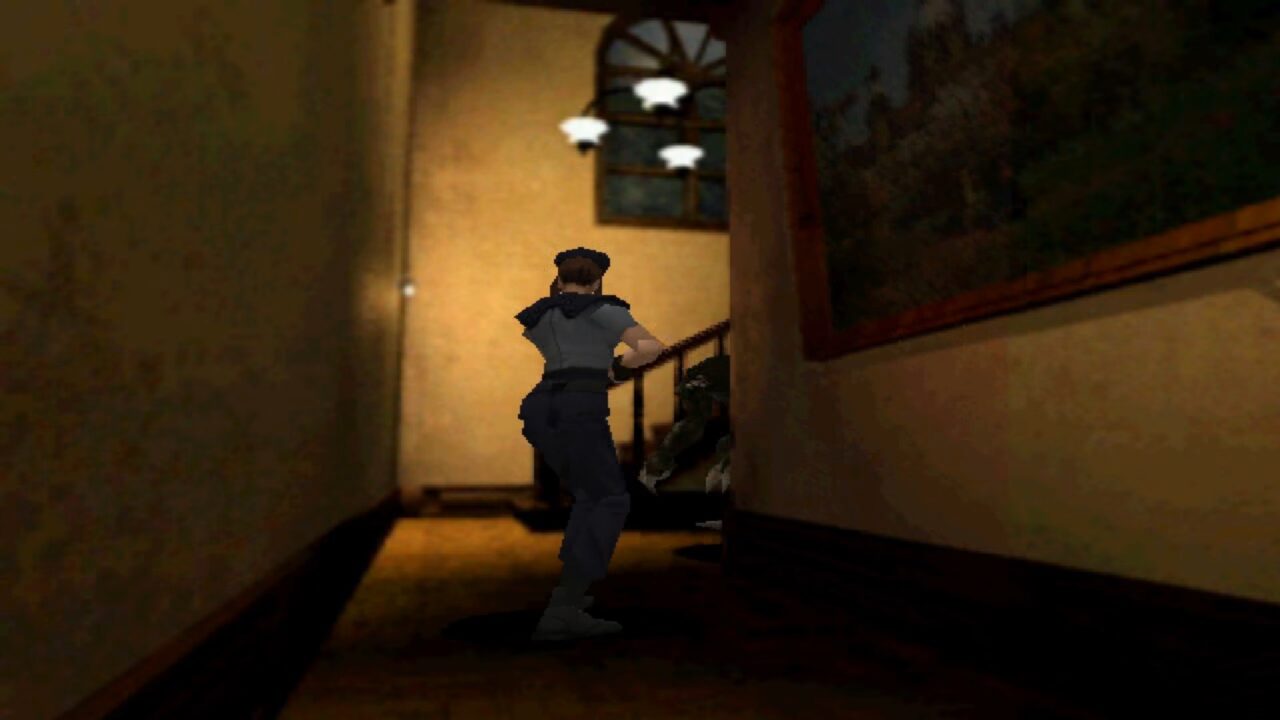
Setting is often just as important to a horror story as its monsters or central characters. One of the things that games like the original Resident Evil and Fatal Frame absolutely nailed was their environment design. More than just offering creeping locales, these titles turned their environments into fiendish puzzles beset with traps and dangers. Strategy was an important element of traversal, with players having to work out the fastest and safest route to their next objective while slowly opening up new areas on the map. The Dark Souls games later took this approach to level layout and turned it into an art form, while Resident Evil 7 returned the series to form with its sprawling Baker Estate. Rather than just giving us a linear sequence of rooms or – God help us – more open world games, let’s have more of this in future.
Unique aesthetics
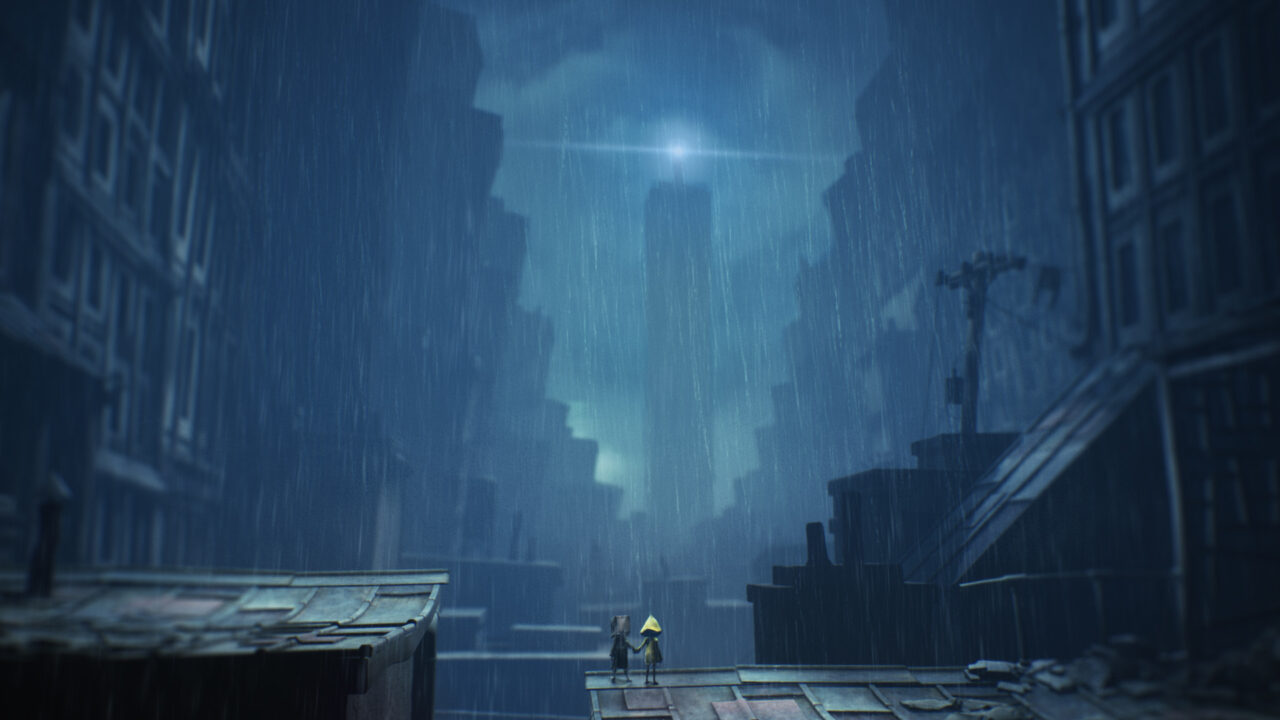
Graphics may become dated over time, but great art direction never ages. Yet as games have gotten more complex, so have the tools used to make them become more standardised. Nowadays, most games are made in powerful prebuilt engines like Unreal or Unity. The downside to this is that a lot of titles can end up looking pretty samey, with shiny textures and particle effects in abundance. That’s why having a strong aesthetic identity counts more than ever. Games like the Little Nightmares series understand this, creating vistas of enticing terror that have a macabre beauty about them. Rather than just relying on stock standbys like dingy corridors and blood-splattered walls, game designers should aim to create more worlds with their own uniquely disturbing visual style.
Categorized:Editorials
